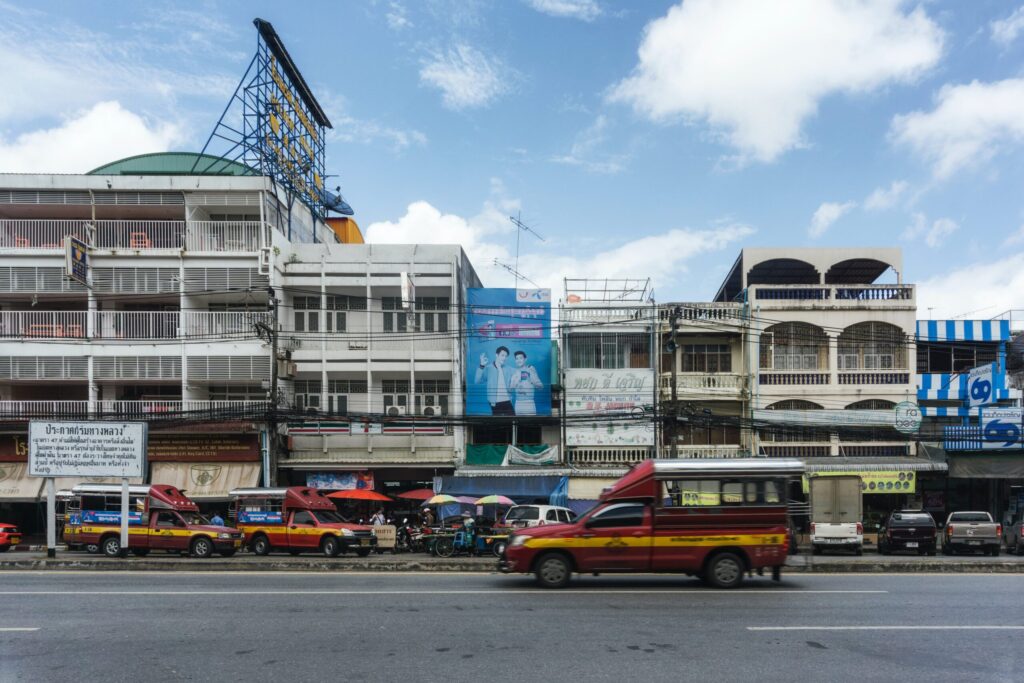As a burgeoning hub for global trade and manufacturing, Thailand has become an attractive destination for businesses seeking cost-effective and high-quality sourcing options. However, despite its allure, sourcing from Thailand comes with a unique set of challenges that procurement professionals must navigate. In this article, we explore some of the key challenges faced by businesses when sourcing from Thailand and discuss strategies to overcome these obstacles.
Cultural and Language Differences: One of the primary challenges of sourcing from Thailand is the presence of significant cultural and language differences. Understanding and respecting the local business culture is crucial for successful partnerships. Language barriers can lead to miscommunications, impacting the accuracy of orders and the overall efficiency of the procurement process. Building strong relationships and investing in cross-cultural training can help mitigate these challenges.
Quality Control and Product Standards: Ensuring consistent product quality can be a hurdle when sourcing from Thailand. Differences in manufacturing standards, regulatory compliance, and quality control processes may exist between the home country and Thailand. Establishing clear specifications, conducting regular quality audits, and working closely with suppliers to align on quality expectations are essential steps to maintain product integrity.
Supply Chain Disruptions: Thailand is prone to natural disasters such as floods and earthquakes, which can disrupt the supply chain. These events can lead to delays in production, transportation, and delivery of goods. Developing robust contingency plans, diversifying suppliers, and monitoring weather and geopolitical conditions can help mitigate the impact of supply chain disruptions.
Labor and Workforce Issues: While Thailand has a skilled workforce, labor-related challenges can arise, including labor shortages, wage fluctuations, and workplace conditions. It’s essential for businesses to stay informed about local labor laws, engage in fair and transparent negotiations, and foster positive relationships with workers to ensure a stable and ethical supply chain.
Logistical Complexities: Logistical challenges, including transportation infrastructure limitations and customs procedures, can complicate the sourcing process. Collaborating with experienced logistics partners, staying updated on regulatory changes, and investing in technology to optimize supply chain visibility can help streamline logistics and reduce delays.
Political and Economic Stability: Thailand’s political landscape can be dynamic, with occasional periods of unrest. Political instability and economic fluctuations can impact the business environment, affecting suppliers, production timelines, and overall business operations. Regularly monitoring political and economic developments and establishing contingency plans for potential disruptions are critical risk management strategies.
Conclusion
While sourcing from Thailand offers numerous advantages, it is essential for businesses to approach it with a clear understanding of the challenges involved. Addressing cultural differences, ensuring quality control, preparing for supply chain disruptions, managing labor-related issues, navigating logistical complexities, and staying attuned to political and economic stability are key components of a successful sourcing strategy in Thailand. By proactively addressing these challenges, businesses can unlock the full potential of this vibrant market while building resilient and sustainable supply chains.







